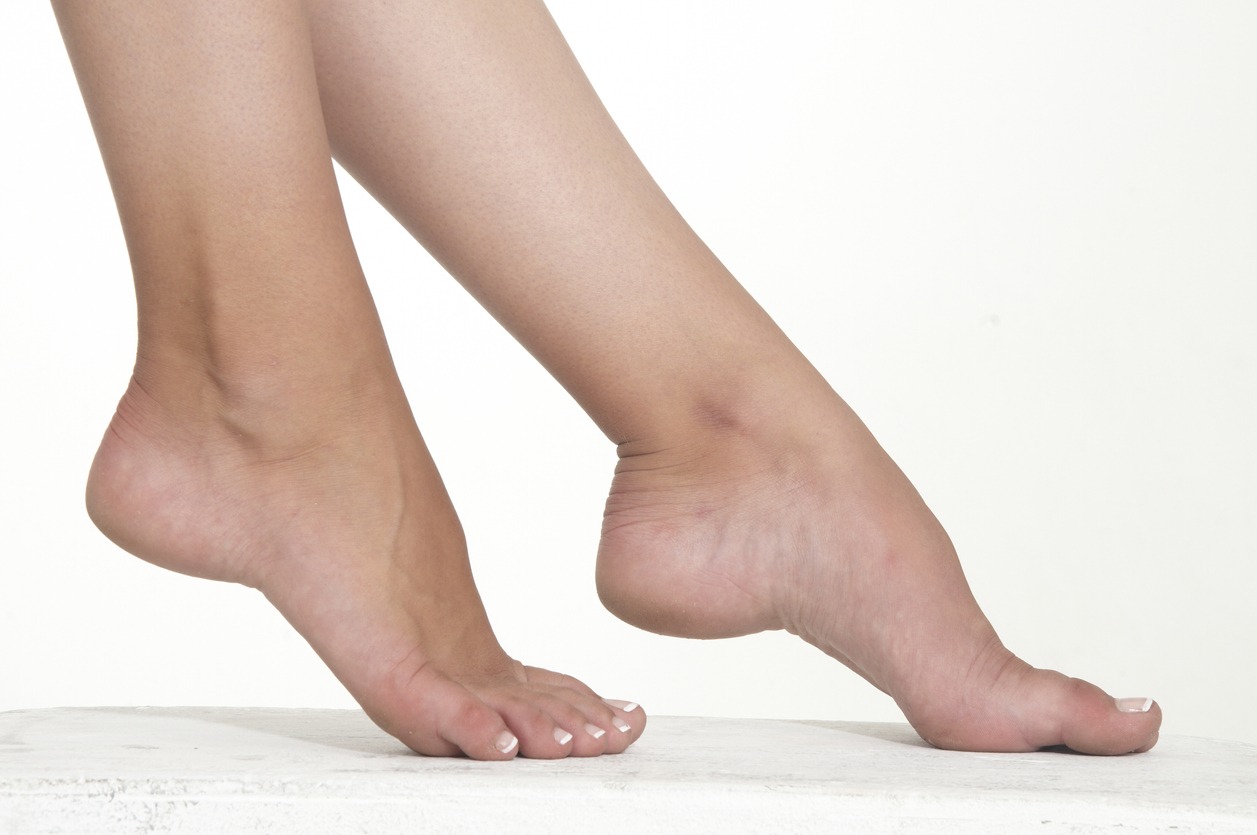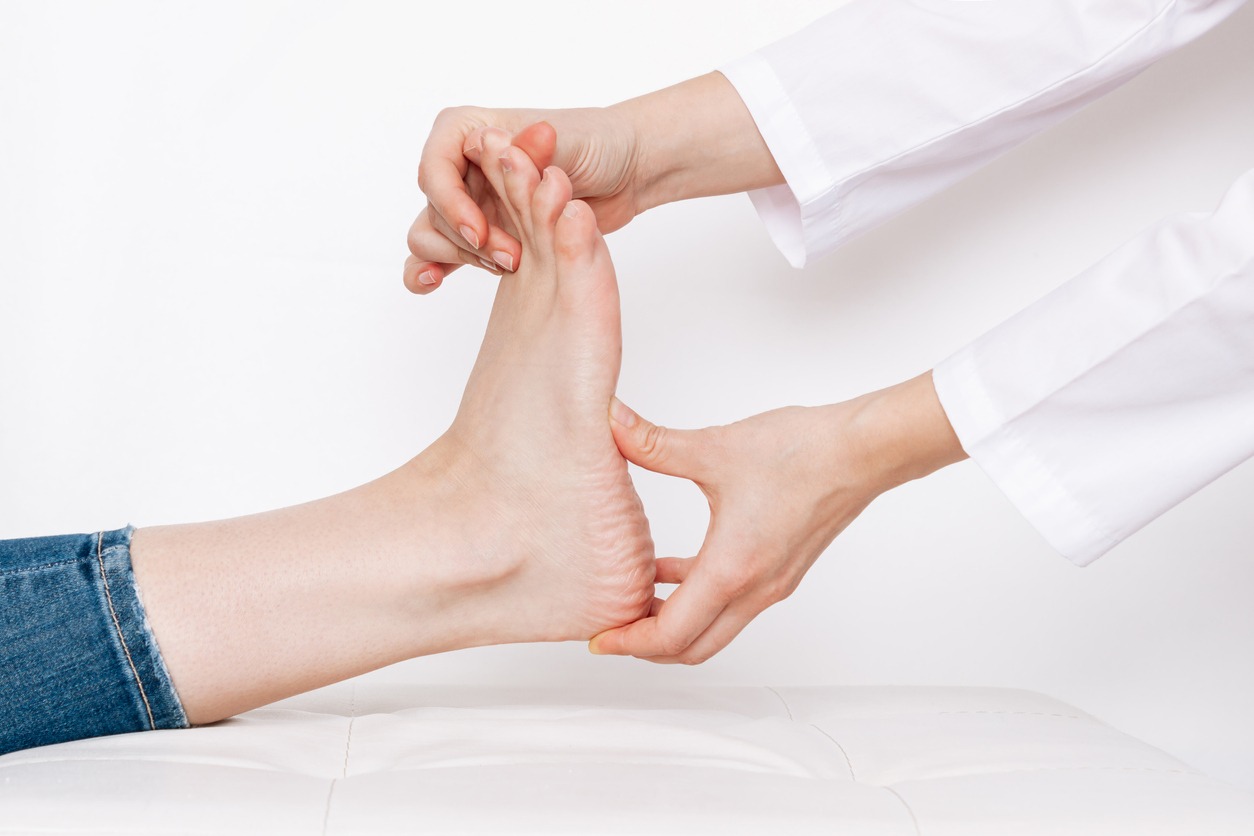A person’s feet have about one-quarter of the body’s 206 bones, and the arches of the feet serve as the shock absorbers for the body and protect the blood vessels and nerves from damage. Along with their complex system of joints, tendons, and ligaments, the feet can absorb up to 300,000 lbs. of pressure and stress per every mile walked. However, if the arches of your feet are not supported, your body can be vulnerable to various injuries, starting with the arch itself.
However, when it comes to choosing a pair of shoes, a lot of people prioritize style, size, and comfort, and one important factor is often overlooked, which is arch support. But you have to remember that considering arch support when choosing shoes is essential for promoting proper foot alignment and preventing different foot-related problems.
In this article, we are going to explore the importance of arch support when it comes to choosing shoes, and why it should be a key consideration. We will also provide you with more information about what arch support is, its benefits, and more. This way, you will also learn how to choose the right footwear that will provide you with optimal foot health and overall well-being.
Learn About Foot Arches and Arch Support
In order to understand the importance of arch support when choosing shoes, it is first vital to understand what arches in the foot are and how arch support works. Read on below to learn more about these.
What are Foot Arches?
Foot arches are the curved structures formed by the bones, tendons, and ligaments in the midfoot region. The foot has three primary arches, which are the medial arch (on the inside of the foot), the lateral arch (on the outside of the foot), and the transverse arch (across the midfoot). These arches give flexibility, shock absorption, and weight distribution. They also allow the foot to adapt to different movements and surfaces.
What is Arch Support in Shoes?
Arch support in shoes pertains to the design and features that help maintain the natural alignment of the arches of the feet. It involves incorporating specific materials, contours, and cushioning in the midsole of the shoe to give additional support to the arch area. The goal of arch support in shoes is to reduce strain, promote stability, and enhance overall foot function during standing, walking, or running activities.
By including proper arch support in shoes, manufacturers strive to mimic the natural contours and functions of the arches of the foot, offering additional comfort, protection, and stability. The level of arch support may also vary depending on the type of shoe. Some shoes are designed specifically for people who have flat feet, high arches, and other foot conditions.
Benefits of Arch Support
Arch support in shoes offers many benefits that contribute to foot health, comfort, and overall well-being. Below are some of the advantages that you can get when you choose shoes with enough arch support:
Proper Weight Distribution
Arch support can help distribute body weight evenly across the foot, reducing excessive pressure on particular areas. This also promotes balanced weight distribution and minimizes the risk of developing foot deformities or uneven wear patterns on the soles of the feet.
Prevention of Overpronation or Supination
Arch support in shoes also assists in maintaining proper foot alignment and preventing overpronation or excessive inward rolling of the foot, and supination or excessive outward rolling of the foot. By promoting neutral foot positioning, arch support helps reduce the risk of strain on muscles, ligaments, and tendons, thus, preventing related injuries, too.
Reduction of Impact When Running or Walking
Arch support also acts as a shock absorber as it cushions the foot against the impact forces generated when walking, running, and other physical activities. It helps minimize the stress transmitted to the bones, joints and soft tissues of the feet and lower limbs.
Joints and Ligaments Protection
The arch support in shoes absorbs and disperses the forces that may contribute to joint and ligament strain. Since it provides support and cushioning, it also reduces the risk of injuries like ankle sprains and stress fractures.
Cushioning and Support for All-Day Wear
When a shoe has arch support, it enhances overall comfort by providing an additional layer of cushioning and support in the midfoot area. With this, foot fatigue and discomfort are reduced, allowing you to stay on your feet for longer periods without feeling excessive strain.
Reduction of Strain on Muscles and Tendons
When your shoes have enough arch support, they will help minimize the strain on the muscles and tendons in the foot and lower leg. Through the promotion of proper alignment and reduction of excessive stretching or overuse, shoes with arch support help prevent muscle imbalances, tendonitis, and other overuse injuries.
Common Problems Associated with Lack of Arch Support
Now that you know the importance and benefits of arch support in shoes, let us also learn what happens when you always wear shoes that do not have proper arch support. The absence of arch support in shoes may lead to different foot-related problems and discomfort. Read on below to learn about the common issues that can arise from a lack of arch support:
Flat Feet or Fallen Arches
When a person has flat feet or fallen arches, he or she has reduced or no arch structure, leading to decreased shock absorption capabilities. When the shoes have no proper support, the feet are more vulnerable to excessive impact forces, which may lead to increased strain on the muscles, joints, and ligaments. In addition to that, flat feet may also contribute to overpronation, where the foot rolls inward excessively. This type of misalignment also puts stress on the knees, hips, and ankles, which increases the possibility of injuries like shin splints, ankle sprains, plantar fasciitis, and Achilles tendonitis.
Plantar Fasciitis
Plantar fasciitis is among the most common conditions characterized by inflammation of the plantar fascia, which is a thick band of tissue that runs along the bottom of the foot, which includes the arch. If the arch support of the shoes is not enough, the plantar fascia can be strained, which may lead to microtears, inflammation, and sharp pain in the arch and heel. This condition can cause severe discomfort, making it hard to engage in daily activities, such as standing and walking. Also, the longer you wear shoes without proper arch support, the longer the recovery process will be. You may also read our Guide to Selecting Essential Foot Products for Plantar Fasciitis if you are looking for recommendations about this foot problem.
General Foot Discomfort and Fatigue
Inadequate arch support in shoes may lead to increased stress and strain on the tendons and muscles in the foot and lower leg, which may also result in fatigue, imbalances, and discomfort when doing activities like walking or running. Without the use of proper arch support, your feet are prone to fatigue and discomfort, particularly when standing or walking for long periods. Also, the lack of cushioning and support may cause soreness, aching, and a feeling of tiredness in the feet.
How to Choose Shoes with Proper Arch Support
It is indeed vital to pick shoes with proper arch support in order to maintain foot health and prevent any problems. But the next question is, how can you be sure if the pair of shoes you are going to buy has proper arch support? If you need help, below are some of the things you may consider that may help you pick shoes with enough arch support:
Foot Type and Arch Height
If you want to purchase a pair of shoes that have proper arch support, you first need to determine your foot type. You may examine your footprint or consult a podiatrist or foot specialist in order to know whether you have flat feet, normal arches, or high arches. It’s because different foot types need different levels of arch support. For example, people who have flat feet benefit from shoes that have more pronounced arch support. People who have high arches, on the other hand, may need shoes with enough cushioning and flexibility to accommodate the arch height.
Test the Shoe Arch Support
When buying shoes, find those that have a built-in arch contour that matches the shape of the arch of your foot. While wearing the shoes, the arch support should feel firm but not uncomfortably rigid when pressed. You may also find shoes that feature removable insoles or the ability to add orthotic inserts. This allows you to customize the level of arch support depending on your specific needs.
Seek Professional Advice
In case you have specific foot conditions or concerns, it is best to consult a podiatrist or orthopedic specialist as they can provide guidance on the best shoe options based on the type of your feet and any existing foot issues. Also, in case a standard shoe arch support is not enough for you, you can also get custom orthotics or shoe inserts, which are tailored to support your unique foot needs.
Conclusion
Arch support is indeed one of the most important factors that you need to consider when buying or choosing shoes. Shoes that have adequate support offer many benefits, such as stability, shock absorption, proper alignment, and reduced fatigue. In addition to that, it also helps prevent common foot problems associated with a lack of arch support, such as plantar fasciitis, flat feet, and general foot discomfort. Therefore, the next time you think of buying a new pair of shoes, you might want to choose those that offer reliable arch support to keep your feet comfortable and in good shape. We hope this article helped you learn more about why it is important to consider arch support when selecting shoes.






